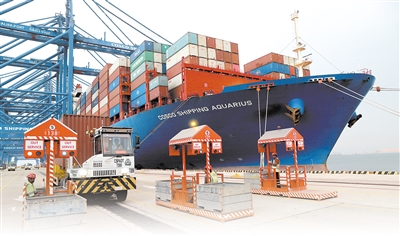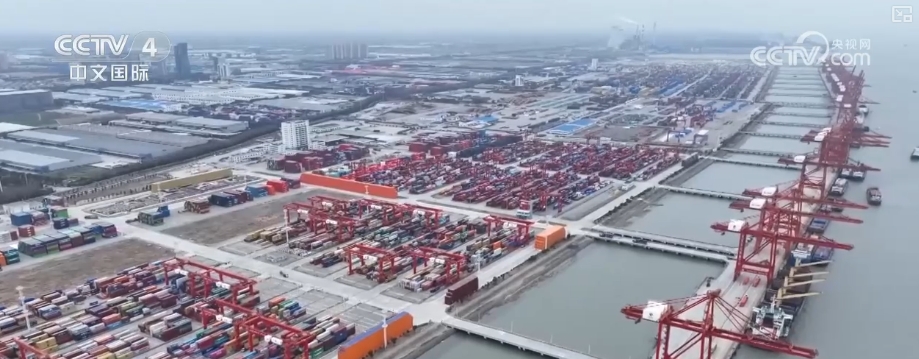Japan-Australia Frigate Transactions Hit Record! The Confrontation Between Diaoyu Islands Adds Variables, The Western Pacific Arms Sales Iron Triangle
Japan-Australia Frigate Transactions Hit Record! The Confrontation Between Diaoyu Islands Adds Variables, The Western Pacific Arms Sales Iron Triangle
Japan-Australia frigate transactions hit record! The confrontation between Diaoyu Islands adds variables, the Western Pacific arms sales iron triangle, ships, Diaoyu Islands, frigates, Aegis, iron triangle, China Coast Guard, Western Pacific
On August 5, 2025, an announcement from the Australian Ministry of Defense shocked the Asia-Pacific: it spent 10 billion Australian dollars (about 6.5 billion US dollars) to purchase 11 new frigates from Japan. This largest arms sales order since Japan relaxed its arms export ban in 2014 coincides with a sensitive moment of fierce confrontation in the waters of the Diaoyu Islands in China and Japan for several consecutive days. The smoke of Japanese fishing boats illegally breaking in and the strong enforcement of Chinese coast guards has not yet dissipated. Australia's "sky-high contract" has cast new variables for the Western Pacific Chess Games.

Battleship upgrade: 6500 tons of "Aegis" hidden killing opportunity
Australia purchased not the basic version of the "top" frigate, but the tailor-made "super upgraded model". Its full load displacement jumped from 5,500 tons to 6,500 tons, approaching the scale of the destroyer; the vertical launch units doubled to 32, and can be equipped with the Tomahawk cruise missile with a range of more than 1,600 kilometers; the integrated mast and infrared suppression system give high stealth performance, and the automated design compresses the crew to about 90 people. The most important thing to be wary of is its 10,000 nautical miles voyage - starting from an Australian base, it can reach the South China Sea, the East China Sea and even the waters around Taiwan. After seamlessly connecting to the US-Australia combat network, it instantly transforms into a "long-range assassin" in the Western Pacific.
Japan wins: Three Kingdoms chess game behind the military breakthrough

In this bid, veteran teams such as Germany's MEKO A-200 and South Korea's Daegu-level were all defeated. Why should Japan stand out?
Technology concessions
Become a key bargaining chip: Japan promised to build the first three ships locally, and the latter eight ships were transferred to the Henderson Shipyard in western Australia, and fully open up core technologies. This not only reduces Australia's costs, but also supports its local military industry chain. and
Strategic binding
This is the deep logic - warships are compatible with the US military's Aegis system and directly point to the construction of the US-Japan-Australia joint combat system. For this purpose, the Japanese government has set up a cross-departmental team to postpone the delivery of self-used ships, and even lower the export threshold for sensitive technologies, pushing the transaction into a "national policy project."
Time password: The coincidence between smoke from the Diaoyu Islands and arms sales carnival

The time when arms sales were settled is intriguing. A week ago (July 25 to August 3), Japanese fishing boats broke into the 12-nautical miles of the Diaoyu Islands nine times in a row, and Chinese coast guard ships intercepted each other frequently. The recent confrontation between the two sides was less than 5 nautical miles. Satellite images show that China's 3,000-ton police ships continue to hover and enforce the law, with an intensity hitting a new high in recent years. Australia's big order was taken at this time, which was regarded by the outside world as an indirect endorsement of Japan's "East Sea Operation", and also sent a clear signal: the Sino-Japanese game is no longer limited to bilateralism, and the military of the third country has officially ended.
Geo-fission: From equipment trading to the formation of "regional small NATO"

This transaction is far from ordinary military purchases. It completes a key link in the U.S., Japan and Australia military chain: the AUKUS protocol focuses on nuclear submarines, while frigate orders fill the gap in conventional maritime strikes and intelligence sharing. The British "Jane's Defense Weekly" analyzed that after 11 ships are in service, Australia's cruise capacity from the South China Sea to Taiwan will be increased by 40%. Japan also plans to mass-produce the Tomahawk missile by 2027 to achieve synchronization with the US and Australia weapon systems. Reuters bluntly stated that Australia's "voting with orders" is essentially to consolidate the "Indo-Pacific Security Iron Triangle".
China responds: "Double-line countermeasure" between hard power and soft rules

Faced with the new trend, China's multi-dimensional layout has quietly accelerated.
Military level
, The 054B frigate and 076 electromagnetic catapult amphibious ships were accelerated, and the electronic warfare and intelligent systems were upgraded to strengthen regional denial capabilities; the coast guard implemented close-up deportation of infringing ships in accordance with the law, and the carrier-based helicopters drove away Japanese military aircraft in actual combat for the first time, demonstrating the integrated control of sea and air.
Strategic level
Relying on the "Belt and Road" to deepen economic security cooperation with ASEAN and South Pacific countries, hedging against the pressure of military alliances; the Ministry of Foreign Affairs simultaneously called for the restart of multilateral security dialogue and use rules to curb the tendency to confront confrontation.

The historical context of the Diaoyu Islands dispute is clearly traceable: the Ming and Qing dynasties coastal defense archives included it in China's territory, and were stolen by Japan after the Sino-Japanese War of 1894-1895, and the United States' private authorization for the disaster was laid. Behind today's $6.5 billion arms sales, Japan's exit at the cost of the "peaceful constitution", Australia's strategic priorities in the name of "local industries", and the United States has completed the equipment and intelligence binding of Indo-Pacific allies.
Under the waves, the ship's trajectory draws not only the power division line in the Western Pacific, but also a countdown on war and peace. When military games replace diplomatic consultations become the norm, every inch of waves may become the fuze that ignites gunpowder.





